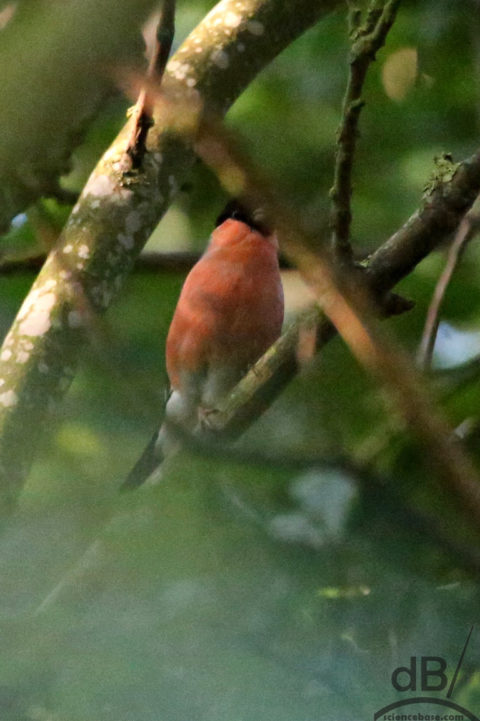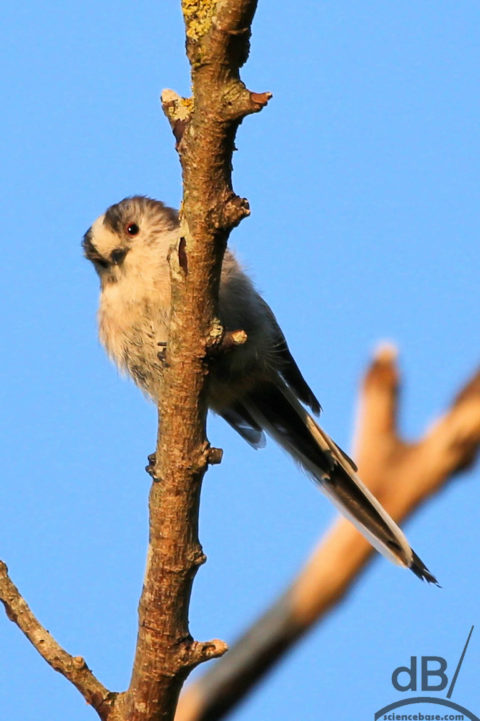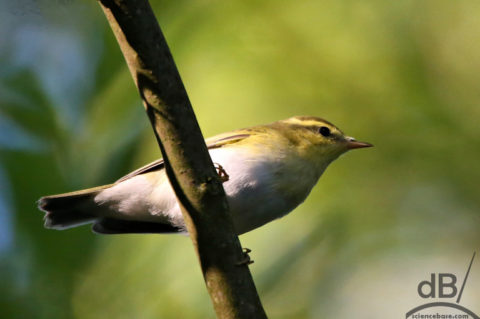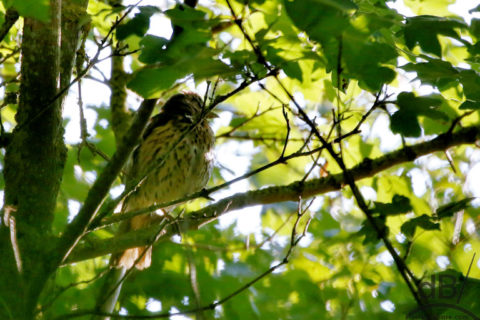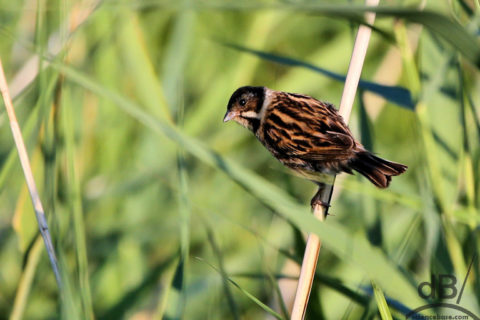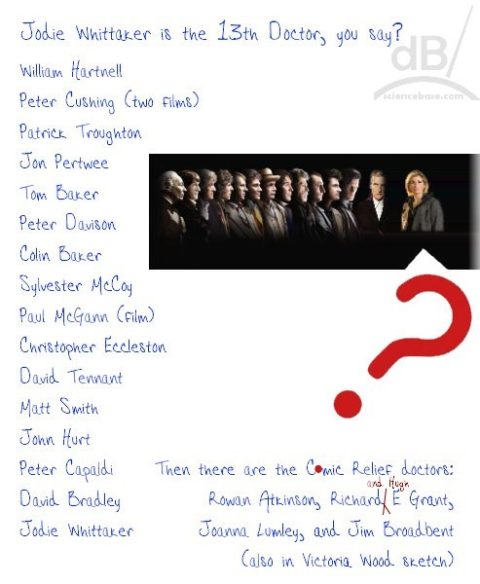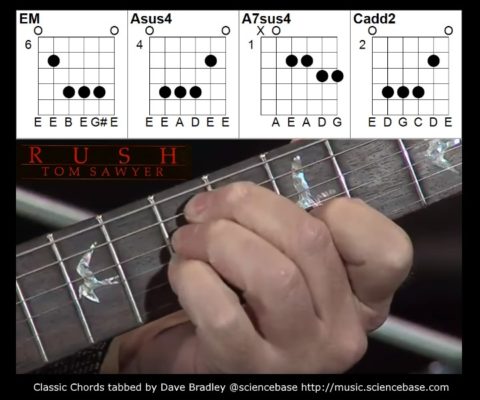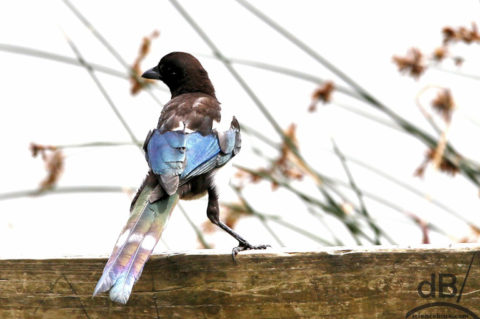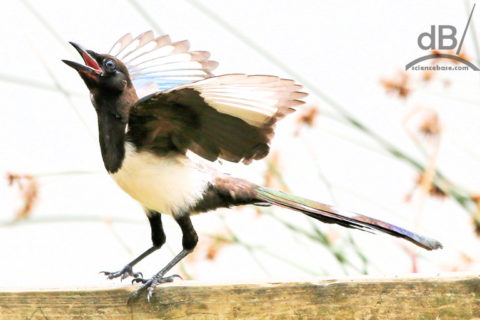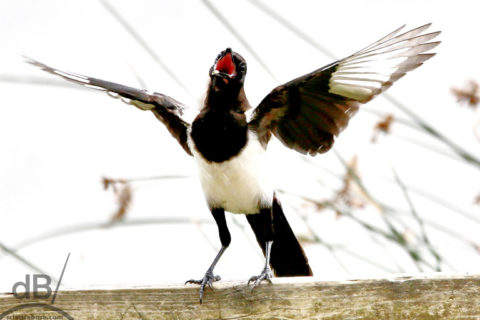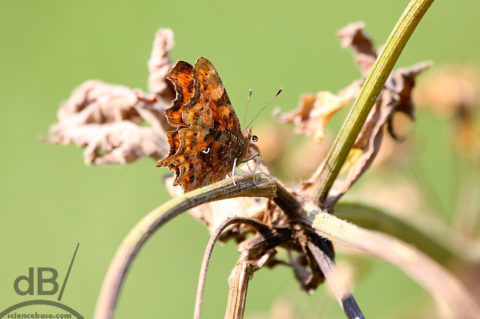UPDATE: The song got a new name – Turncoats
All along the North Norfolk coast you will come across galvanized baskets piled high and filled with great flint stones, such baskets of stones are known as gabions. Strategically placed, these are part of the sea defences. It’s fairly well known that Britain is tilting downward into the sea along what one might imagine is its north-south axis and so the east side. This tilt means the coastal margin of East Anglia is gradually dipping further and further into the North Sea with concomitant coastal erosion. If climate change leads to rising sea levels and worsening winter storms, then it is perhaps only a matter of decades before much of this marshy land and drained and reclaimed land is taken back by the beautiful briny.
I’ve made a lyric video for this song, can you tell what album I’m spoofing on our record player?
Of course, the original demo is course and sweary as was a live rendering I attempted with other friends in a deconsecrated church at the weekend…it helped peg out how the song might work but I ended up with a half-decent studio demo that seemed to last far too long and didn’t get to the chorus anywhere nearly quick enough. So, despite a fairly positive response from the SoundCloud crowd, I ditched the original and started again, working up a much stronger vocal, re-ordering it from an unconventional verse-bridge-verse-refrain-chorus-verse-chorus-reprise-chorus to a more traditional structure. That coupled with a slightly higher tempo and no middle-8 meant it was about 4’30” rather than 5’30”. Not quite a radio mix, but closer. Since writing this blog post, I also whipped out my Tele and did some big shouty octaves for the later choruses. It’s all got a bit heavier…heavy rock stones you might say.
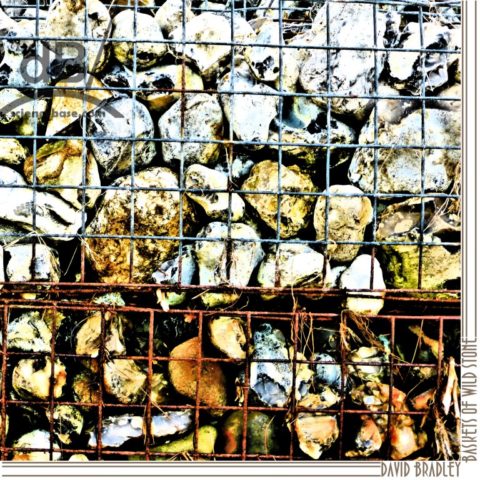
Turncoats
Baskets of wild stone to save the land from the seas
What would carry me home? Not the tide nor the breeze!
Give her all you take till she brings you to your knees
And the wind will catch your breath brace you for the peace
Fleshing out the rust that decays by the shore
Wonder if I’ll find the way home just a little bit raw
You face the pain, but it turned you pale
Your wounded sigh, You hide behind a veil
Storms and fights and endless bloody wars
Dreams of lights and turncoats on the shores
Screams at night are nothing but a bore
Then you turn away and ask for nothing more
Kicking up the sand by the shore
Picking at the strands a little bit more
But it all unravels when you sail against the wind
I’m a long way looking back, your blame is under my skin
Storms and fights and endless bloody wars
Dreams of lights and turncoats on the shores
Screams at night are nothing but a bore
Then you turn to me and ask for a little more
Storms and fights and endless bloody wars
Dreams of lights and turncoats on the shores
Screams at night are nothing but a bore
Then you turn to me and ask for nothing more
Baskets of wild stone to save the land from the seas
What would carry me home? Not the tide nor the breeze
Give her all you take and she’ll bring you to your knees
And the wind will catch your breath brace you for the peace
Storms and fights and endless bloody wars
Dreams of lights and turncoats on the shores
Screams at night are nothing but a bore
Then you turn away, then you turn away, then you turn away
And ask for nothing more
Baskets of wild stone to save the land
—-
Reviews just in:
You present great vocal dynamics in this one. It's sung boldly with energy. The narrative is crammed with powerful themed imagery which keeps the listener captive.
Nothing richer than a good acoustic/electric mix. Fantastic vocal work.
Fantastic singing
Brilliant rock!! So cool!
Great lyrics and a lovely melody to carry it all along. Guitar is beautifully bright and love the double tracked vocals. Excellent and nicely reminiscent of early Bowie.


